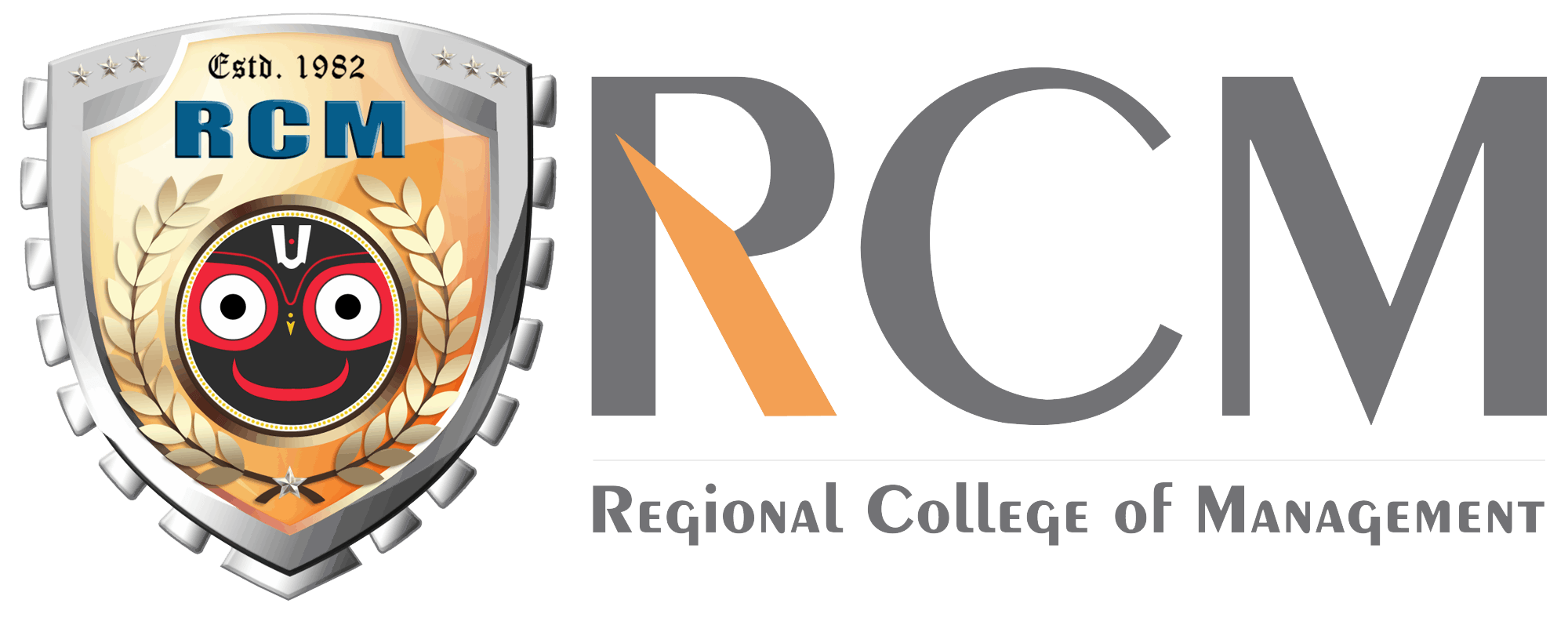In today’s digital landscape, cybersecurity has become more crucial than ever before. With the increasing frequency and sophistication of cyber threats, organizations and individuals must employ powerful cybersecurity tools to protect their sensitive data and systems. One important topic to consider is the top cybersecurity tools 2023 protection.
In this blog post, we will explore some of the top cybersecurity tools that are expected to make a significant impact in 2023. These tools offer advanced features and capabilities to defend against emerging threats and ensure robust security in the digital realm. When looking at cybersecurity for the year ahead, it’s crucial to focus on the top cybersecurity tools 2023 protection offers.
Endpoint Protection Platforms (EPP)
Endpoint Protection Platforms are vital tools that protect endpoints, such as laptops, desktops, and mobile devices, from malware, unauthorized access, and data breaches. They typically include features like antivirus, anti-malware, personal firewalls, and device control. EPPs provide real-time monitoring, threat detection, and rapid response capabilities, safeguarding endpoints from various cyber threats. Incorporating these tools into your top cybersecurity tools 2023 protection strategy is essential.
Network Traffic Analysis (NTA)
Network Traffic Analysis (NTA) tools, in particular, play a critical role in modern cybersecurity. To begin with, they analyze network traffic patterns to detect potential security incidents, abnormal behavior, and unauthorized access attempts. Moreover, NTA tools utilize machine learning and behavioral analytics techniques to identify anomalies and potential threats in real-time.
As a result, by continuously monitoring network traffic, these tools enable organizations to gain better visibility into their network infrastructure. Consequently, this enhanced visibility significantly strengthens their incident response capabilities. Overall, NTA tools form an essential part of the top cybersecurity tools for 2023 protection solutions.
Security Information and Event Management (SIEM)
SIEM tools aggregate and analyze security event logs and data from various sources across an organization’s IT infrastructure. They provide real-time monitoring, threat detection, and incident response functionalities.
SIEM tools help security teams correlate and analyze security events, enabling them to identify potential threats, investigate security incidents, and respond promptly to mitigate risks. Having these tools as part of your top cybersecurity tools 2023 protection strategy is advisable.
Next-Generation Firewalls (NGFW)
Next-generation firewalls go beyond traditional firewalls by providing advanced features like intrusion prevention, deep packet inspection, and application-level controls. NGFWs can detect and block sophisticated threats, such as advanced malware and zero-day exploits.
These firewalls offer enhanced visibility into network traffic and application usage, allowing organizations to enforce granular security policies and protect against evolving cyber threats.
Vulnerability Assessment Tools
Vulnerability Assessment Tools help organizations identify weaknesses and vulnerabilities in their systems, networks, and applications. These tools conduct automated scans, analyze configurations, and assess potential security flaws. By identifying vulnerabilities, organizations can prioritize their remediation efforts and ensure that their systems are properly protected against potential exploits.
Identity and Access Management (IAM)
Identity and Access Management tools play a vital role in managing user identities, authentication, and access privileges within an organization. I AM solutions enable organizations to enforce strong authentication methods, manage user roles and permissions, and implement multi-factor authentication.
By ensuring secure access to resources, IAM tools mitigate the risks associated with unauthorized access and compromised user credentials.
Security Orchestration, Automation, and Response (SOAR)
SOAR platforms help security teams streamline and automate their incident response processes. These tools integrate with various security tools, collect and correlate data, and automate repetitive tasks. SOAR platforms enable faster incident response, reduce response times, and enhance overall operational efficiency in managing and mitigating security incidents. SOAR is among the top cybersecurity tools 2023 protection strategies should consider.
Conclusion
As cyber threats continue to evolve, it is crucial to stay ahead by leveraging the right cybersecurity tools. The tools mentioned above are expected to be at the forefront in 2023, providing advanced capabilities to detect, prevent, and respond to cyber threats effectively.
By adopting these tools and integrating them into their security infrastructure, organizations can bolster their cybersecurity posture and safeguard their digital assets in an increasingly hostile online environment.




















